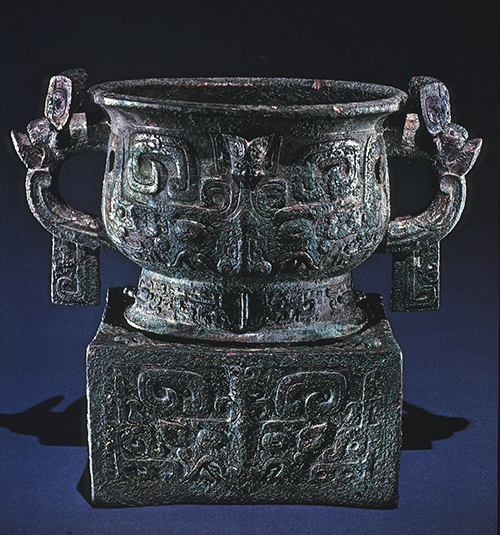Exploring Chinese Art: Historical Artifacts and Cultural Significance
- UCSB
2.
You may optionally provide this to label your report, leaderboard, or certificate.
×
Thank you for your feedback!
















